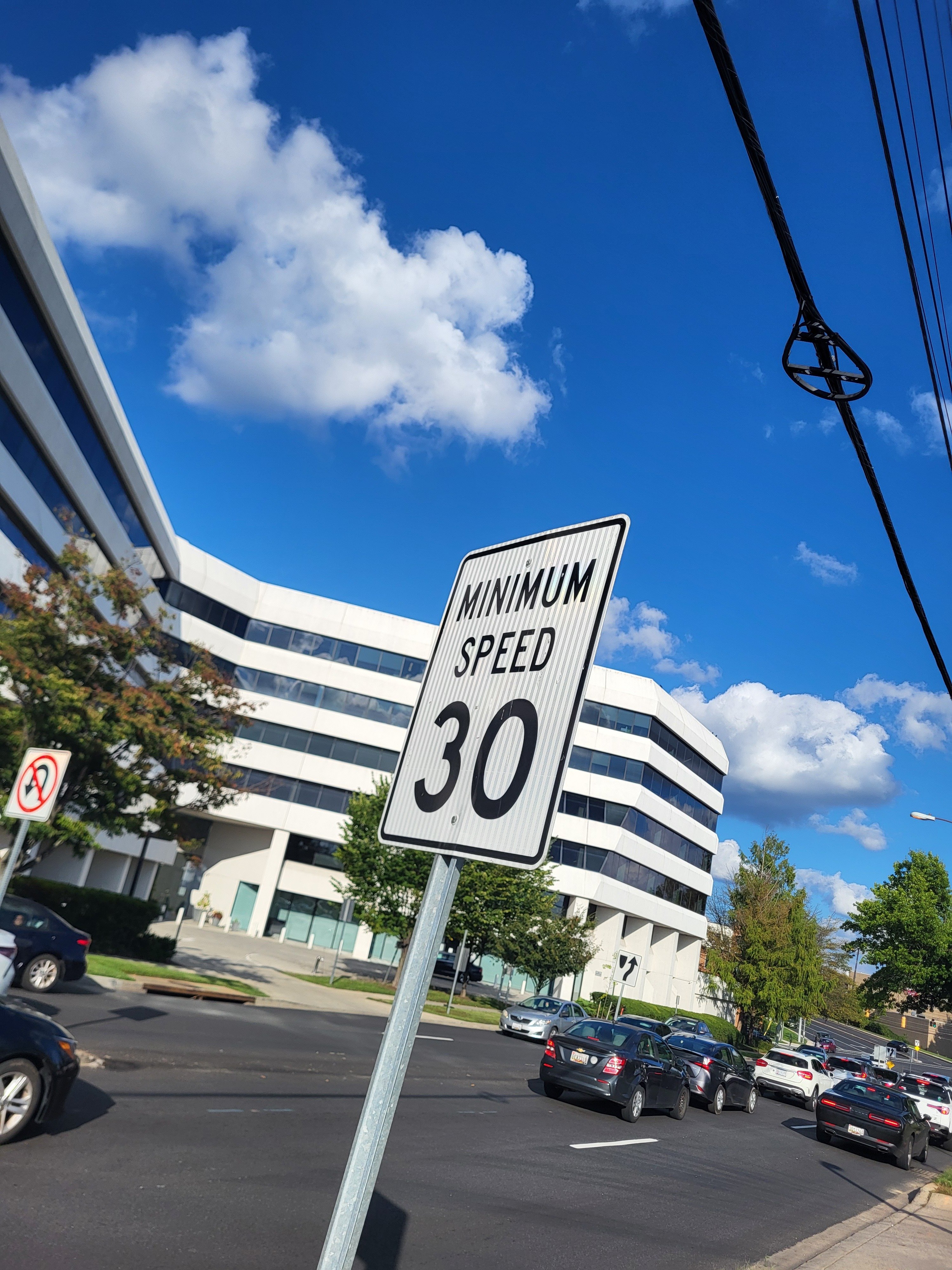this post was submitted on 03 Oct 2024
305 points (97.5% liked)
Mildly Interesting
17213 readers
214 users here now
This is for strictly mildly interesting material. If it's too interesting, it doesn't belong. If it's not interesting, it doesn't belong.
This is obviously an objective criteria, so the mods are always right. Or maybe mildly right? Ahh.. what do we know?
Just post some stuff and don't spam.
founded 1 year ago
MODERATORS
you are viewing a single comment's thread
view the rest of the comments
view the rest of the comments

This is 100% to make the city unwalkable
If you can't walk down a sidewalk with cars going by at 30mph then there's something wrong with you.
30 mph is almost 50 km/h. In most of Europe the default maximum speed limit inside of populated areas is 50 km/h.
Default meaning artillery roads like this one can and almost always do have higher limits than 50, but the defsult maximum suddenly becoming the minimum makes no sense.
A road that isn't physically barricaded from foot trafic akin to a highway has no reason to have a minimum speed limit over 15 mph (30 km/h), if at all.
Judging by the pot holes, that is?
I know I know, making fun of autocorrect typos is such a vein form of humor.
Yet another reason, I'm glad I don't live in Europe. I like y'alls privacy laws, but besides that your entire lives revolve on wrapping yourselves in bubble wrap praying the government will save you from whatever.
Username checks out.
A number of studies show that higher speed limits significantly increase the risk of accidents and fatalities for pedestrians, cyclists, and motorists. A National Transportation Safety Board report and separate study by the Insurance Institute for Highway Safety both found that the risk of being seriously injured or killed in a crash rises sharply with speed. This isn't about "bubble wrap," but real-world safety.
This is especially important in areas where cars and pedestrians share the same streets, such as large car-centric cities and poorly planned suburban neighborhoods. Driving in these environments poses a serious danger to pedestrians and cyclists, who often have limited protection. According to the National Highway Traffic Safety Administration, urban areas see the highest rates of pedestrian fatalities due to reckless driving. These laws are not just about controlling traffic—they help reduce the risks created when drivers act carelessly in places where people walk, bike, and live.
Actually we don't wrap ourselves in bubble wrap, we use biodegradable air cushions. Which even Amazon switched to so they must work better.
30mph (48kmh) is the minimum, cars will also be going faster than that. Also, people need to cross the street, not just walk alongside it. Regardless, whether drivers or pedestrians are the issue, accidents happen. They are more likely to happen, and more likely to be fatal as vehicle speed increases.
From the Institute for Road Safety Research, page 2:
"According to an overview of recent studies (Rósen et al., 2011): at a collision speed of 20 km/h nearly all pedestrians survive a crash with a passenger car; about 90% survive at a collision speed of 40 km/h, at a collision speed of 80 km/h the number of survivors is less than 50%, and at a collision speed of 100 km/h only 10% of the pedestrians survive."
Areas with minimum speeds of 30mph in areas with pedestrians accept that at least 1 in 10 will die. This is easily reduced to negligible fatalities by having lower speed limits. Not doing so says we care more about saving some of the drivers' time than the lives of pedestrians.